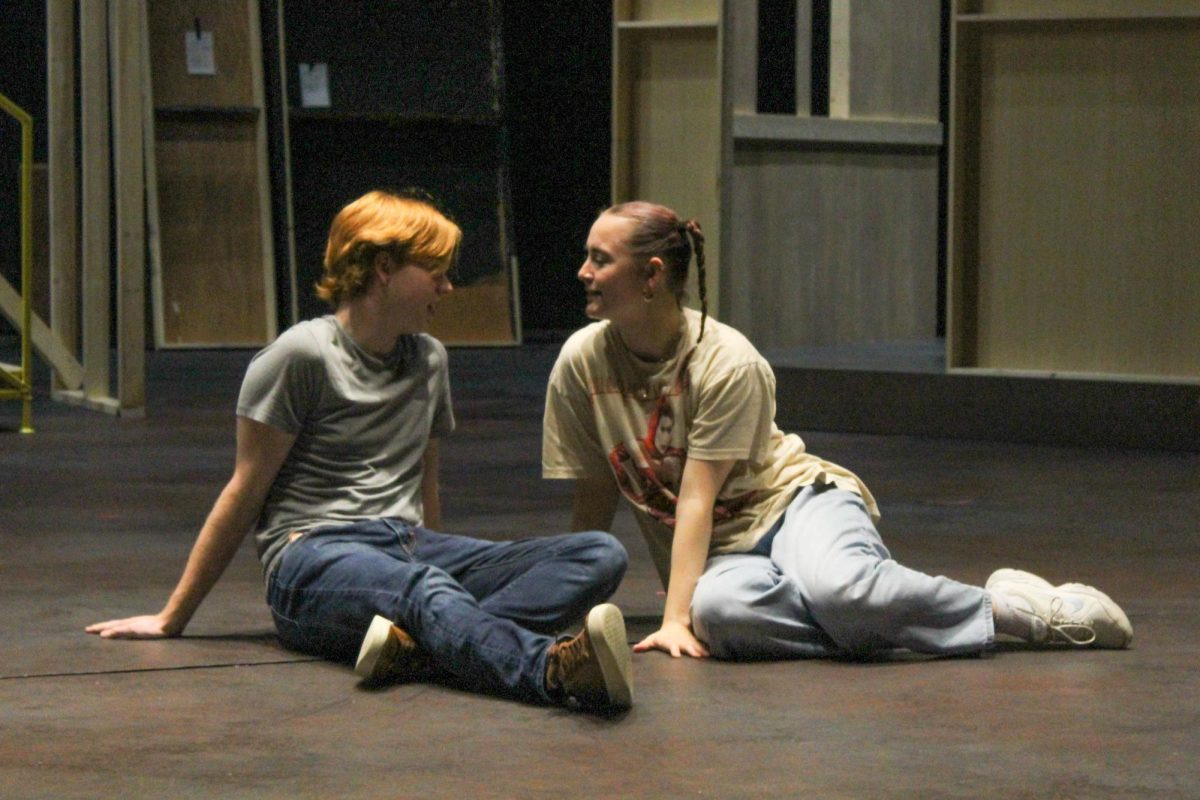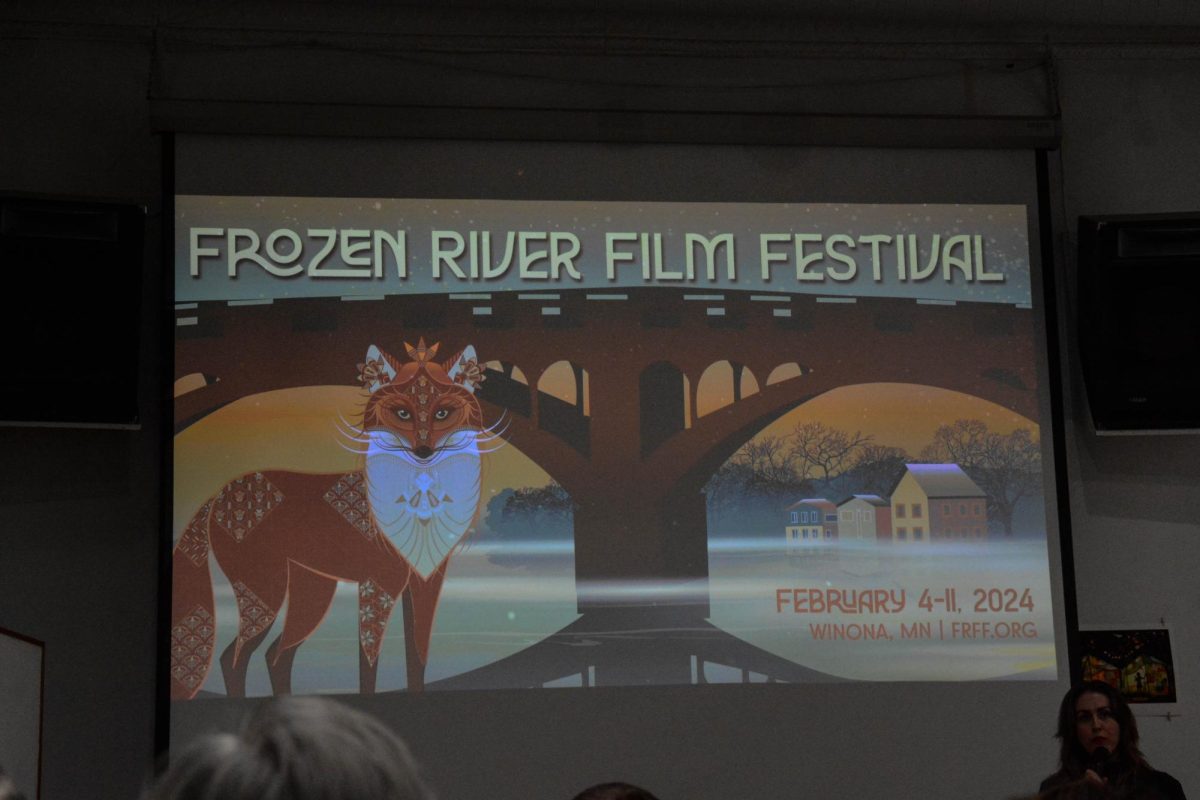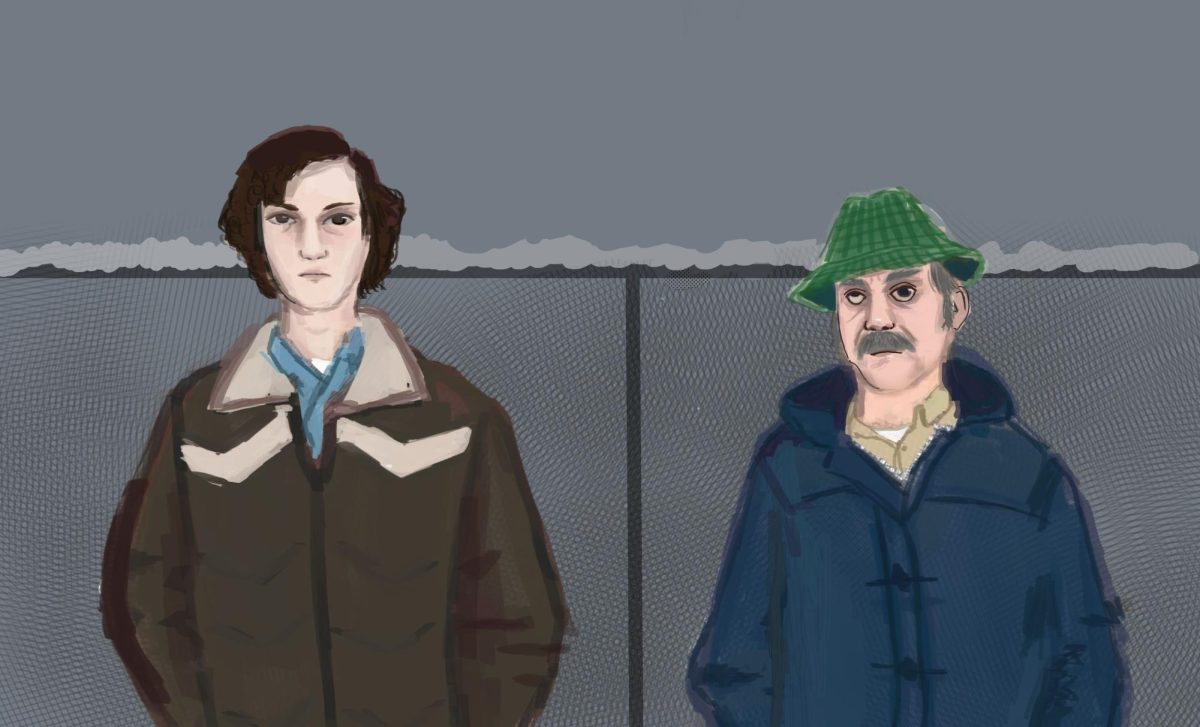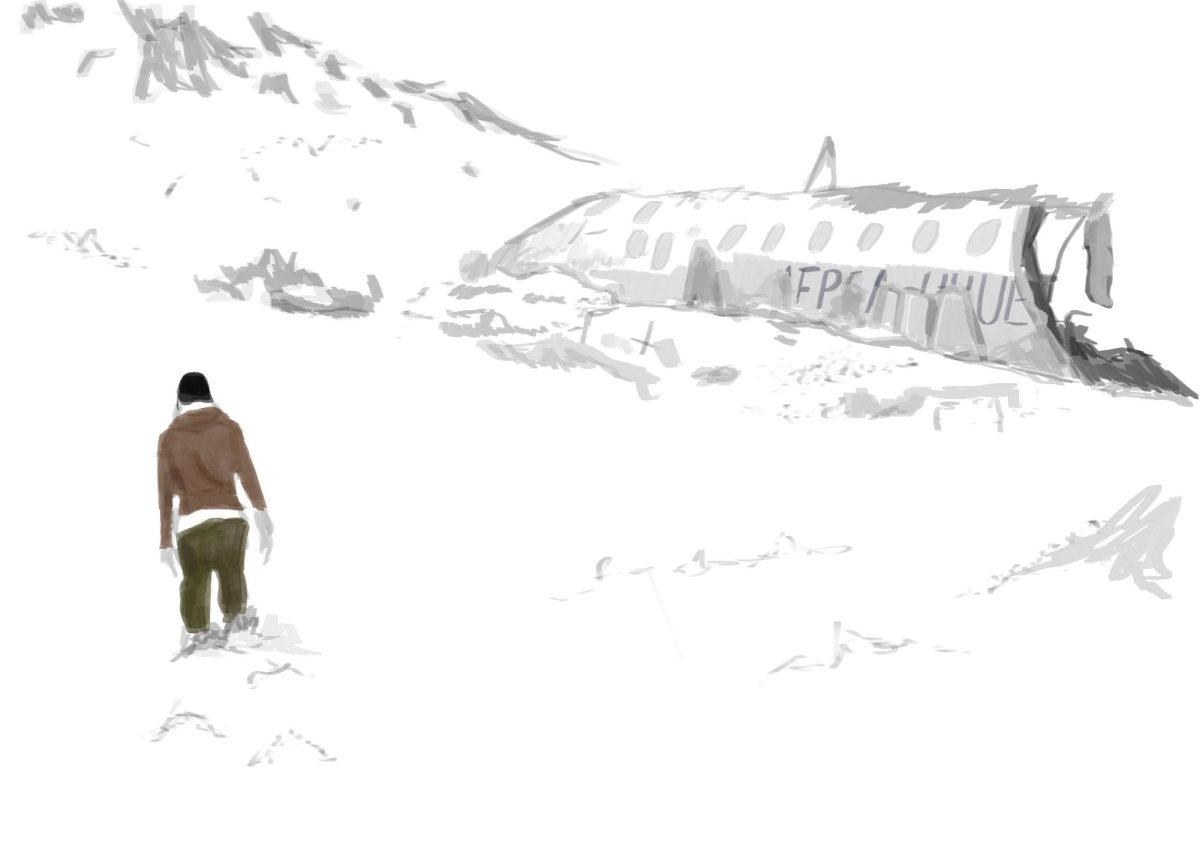Elizabeth Pulanco/ Winonan
Quality science fiction films have never been about the aliens and laser beams. They have been about the people. The creative team that produced “The Dark Knight” trilogy and “Inception,” gives us “Interstellar,” a film that not only travels into the depths of space, but also into the depths of human emotion.
“Interstellar” introduces the audience to a not-so-distant-dystopian future where the earth is plagued with devastating droughts, crop shortages, starvation and dust storms. Living in this world is Cooper, a former NASA pilot turned farmer and father of two.
Cooper gave up his dream job to help the world in the midst of a food shortage. Although he loathes his life as a farmer, he has passed on his love for exploration and discovery on to his two children, teenage son Tom, and bright 10-year-old daughter Murphy.
Murphy experiences visits from what she thinks is a “ghost.” Not only has the ghost been pushing off books from a bookshelf, but it has also been leaving her messages.
Cooper translates the messages and finds they are actually coordinates. Father and daughter follow the coordinates and discover they have found secret NASA headquarters. Cooper is greeted by one of his former mentors, professor Brandt. Brandt explains the government decommissioned NASA, so they could focus their resources on solving the food crisis. Since then, NASA has been working in secret.
Brandt then went on to tell Cooper the future on earth is not bright, and his children’s generation may be the last to survive on the planet, but there is a plan.
Brandt and other scientists have been developing a mission that would send of group of people to find a new home for the human race on an inhabitable planet in a different galaxy.
Brandt offers Cooper the seat in the pilot’s cockpit and Cooper accepts, knowing this could not only save his children, but billions of others as well. Before leaving on his journey, Cooper says goodbye to his children. He hands over the family truck and the farm to his son Tom and his father-in-law.
After learning about her father’s journey, Murphy is devastated. She begs him to stay, but he refuses. Murphy’s last words to her father before leaving, were those asking him when he would return. He left without giving an answer.
Although the film was based in science, the film’s foundation is made of pure emotion. The evidence of this emotion was shown in every performance in the film.
Oscar Winner Matthew McConaughey gave a spectacular and possibly another award-winning performance as Cooper. He brilliantly portrays a father who is both trying to save the world and get back to his children. McConaughey’s emotional performance drives much of the film.
Another performance to be noticed was by Anne Hathaway, who played one of the scientists who joined Cooper on the expedition. Hathaway was captivating as an eager scientist who quickly realizes she may be in over her head.
The main highlights of the film were the music and the visual effects. The talented film composer Hans Zimmer composed the film’s score. Zimmer’s compositions were able to capture the massive and daunting experience of space. There were also great moments in the film of complete silence, which somehow creates an even bigger impact, especially when marveling over the beauty of the earth’s surface.
The music in the film added to the beauty of the visual effects, which in a film like “Interstellar” were a character of their own. The visual effects emphasized the fact that humans are just tiny particles in a much bigger, gigantic world. This was extremely clear in the scenes where they were travelling through space. Audience member Amanda Trapp agreed.
“Everything about space was mind blowing,” Trapp said.
The visual effects used on earth were also spectacular. When a giant dust storm flowed through a rural town, the feeling of suffocation and panic was immediate.
Visual effects and music aside, what really draws the audience in, is the extreme level of humanity within a film that travels to space. The film is not only about a father who wants to get back to his children but about a group of people who want to do something for all of humanity. It is about a group of people who are driven by both love and survival.
Certain aspects of the humanity cause the film to drag at a few points. The concentration on humanity made it easier to disregard some of information in the movie. Moviegoer Kayley Hackett was able to notice this while viewing the film.
The possible scenes in question could have to deal with the fact that one of the inhabitable planets, orbits a black hole. The only way to get to this planet would be to go through the black hole, which is not possible.
“It was a great film, but it was scientifically inaccurate,” Hackett said. “There is no way someone would survive a black hole. You would split up into particles.”
Despite the length and discrepancies in the information, “Interstellar” still makes for an incredibly enjoyable viewing experience. The breathtaking visual effects and the gripping performances not only gives audience a new view on space, but also a new perspective on what it truly means and takes to survive.






































































